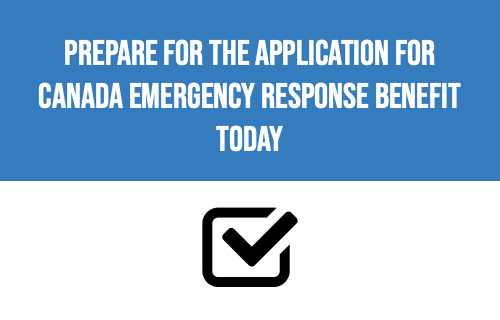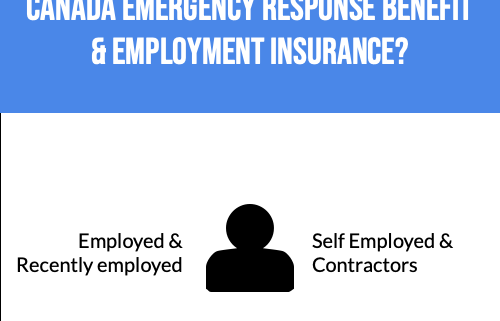Ontario Support for Families portal is LIVE!
Today, Ontario launched the portal for parents to apply for a one-time COVID-19 payment to help offset the costs of keeping children entertained and engaged during this time away from school.
Under this new program, parents are eligible for a one-time per child payment of:
-
$200 for children aged 0 to 12
-
$250 for children or youth aged 0 to 21 with special needs
Eligibility
There is no income cap on this program. All parents are eligible if you have a child who is:
-
$200 for children aged 0 to 12
-
$250 for children or youth aged 0 to 21 with special needs
If you have more than one child, you must submit one application per child.
Before you apply, please note:
-
only one parent can apply for each child
-
the parent who applies should have custody of the child
You are still eligible if you are a health care or front-line worker who is using emergency, 24-hour child care centres.





